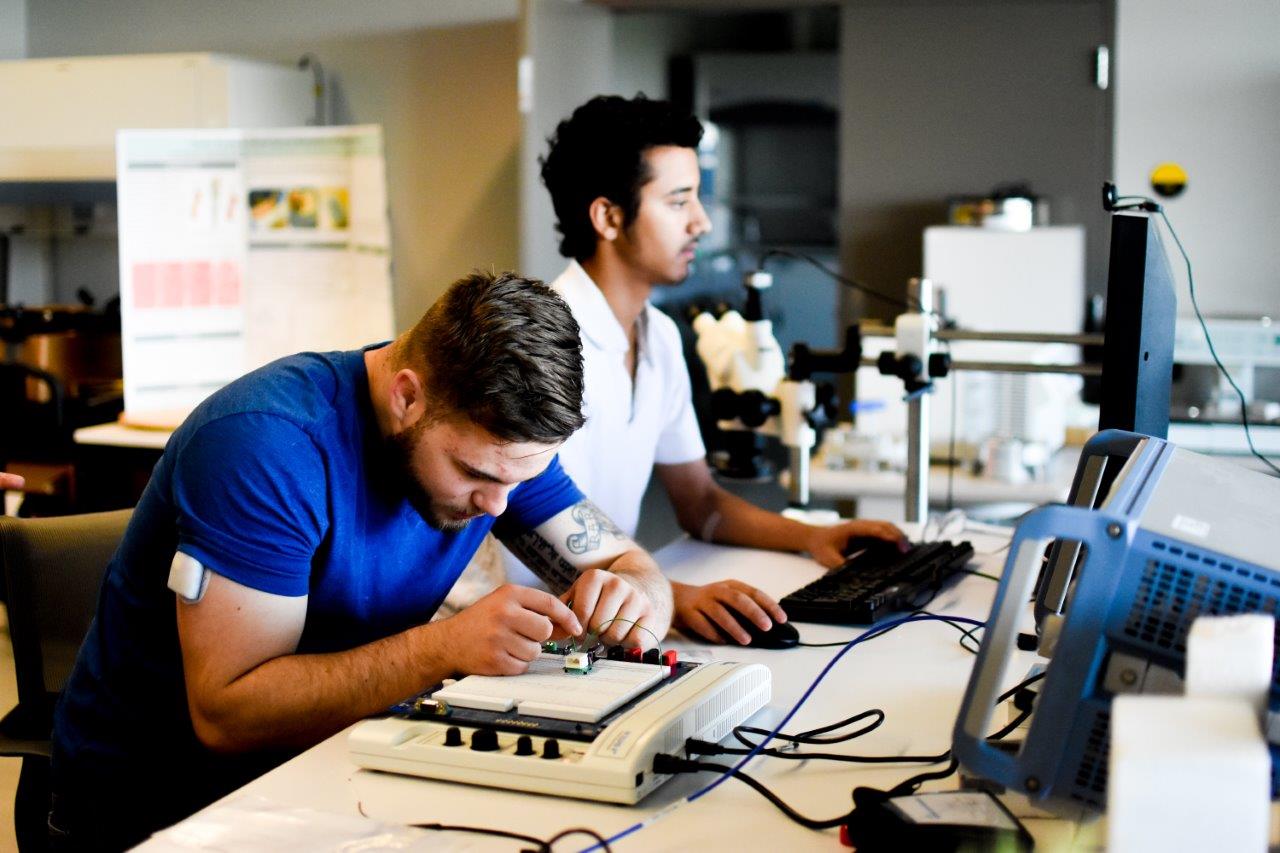Dr. Cluff teaches the following courses in the Biomedical Engineering Program
(3 hrs - Fall semesters). First course in a two-semester Capstone Design sequence. Focuses on the process of strategic clinical problem solving and innovation through evaluation of real-world diagnostic processes, current therapeutic approaches and clinical outcomes. Students work in teams to identify and critically evaluate unmet medical or clinical needs through utilization of a biodesign and innovation process, including clinical needs finding through on-site observations, stakeholder assessments, needs statement development, and concept generation. For undergraduate students only. Students must be within three semesters of graduation in order to take this course. Prerequisites: BME 482 and program consent.
(3 hrs - Spring semesters). Second course in a two-semester Capstone Design sequence. Capstone design engineering practice involving a team-based bioengineering analysis and design project, including discovering customer requirements; design requirements; design; biocompatibility, regulatory, ethical, societal, and environmental considerations; creativity; alternative approaches for solution; specific system analysis; project management; prototype construction and testing; and final report and presentation. For undergraduate students only. Prerequisites: BME 585.
BME 738. Biomedical Imaging (3 hrs - Fall semesters - Graduate & Undergraduate course). Biomedical Imaging prepares students with knowledge of medical imaging and gives hands on experience with ultrasound imaging, dual-energy x-ray absorptiometry (DEXA), spectral imaging, and medical image processing labs. Covers medical imaging modalities such as planar x-ray, x-ray computed tomography (CT), DEXA, magnetic resonance imaging (MRI), nuclear medicine imaging - positron emission tomography & single-photon emission computed tomography, ultrasound imaging, and spectral imaging. Students gain hands on experience with medical image processing software to import CT or MRI scans and construct 3D models of human anatomy. Introduces fundamental physical and engineering principles used in medical imaging and image processing, with a primary focus on physical principles, instrumentation methods, and image processing methods. Strengths, limitations, sensitivity, and appropriate applications for each modality of imaging are also examined. Prerequisites: PHYS 314, BME 335 or equivalent, or instructor consent.
Example of student experience based learning with medical imaging software.

Virtual Surgical Simulation on the Human Jaw:
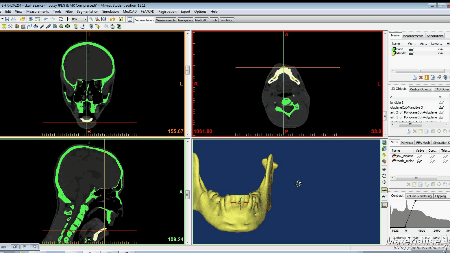
3D CT-Image Reconstruction
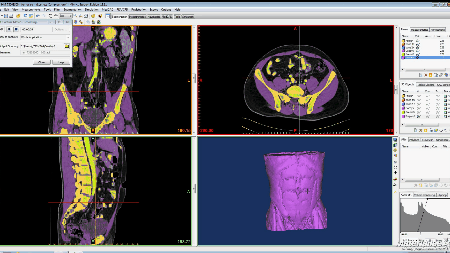
Transcranial Doppler Ultrasound:
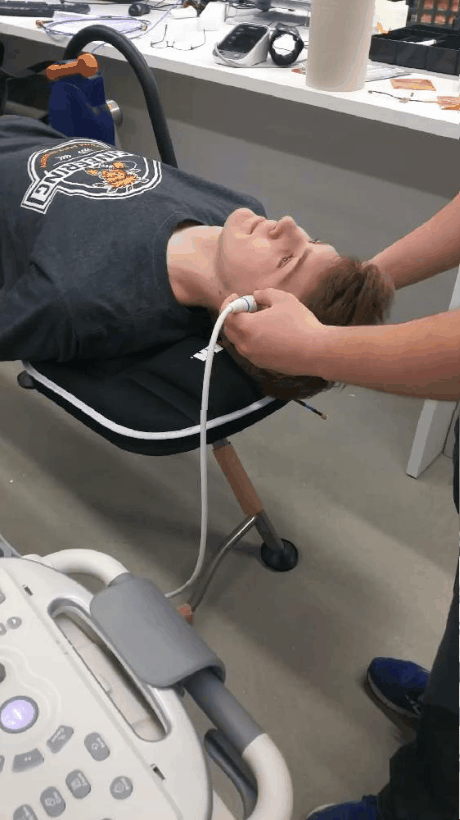
Ultrasound of the Heart (Ecocardiogram):
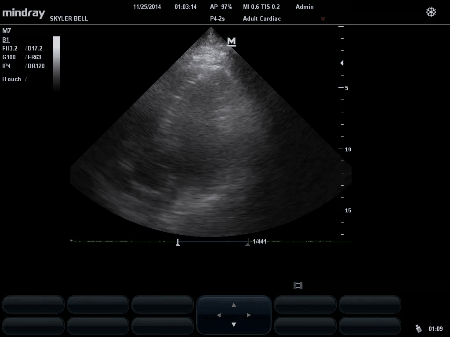
BME 735. Bio-Computational Modeling (3 hrs - Spring semesters - Graduate & Undergraduate course). Prepares students for engineering practice by introduction to 3D multi-physics modeling software. Students use COMSOL Multi-physics simulation software linked with Solidworks and MATLAB to solve engineering problems in complex 3D geometries such as the human body. Within the simulation software environment students define the geometry, set boundary conditions, specify the physics, set material properties, mesh, simulate, and visualize their results. Topics include modeling of biofluid mechanics (i.e. blood flow in human arteries), heat and mass transfer (i.e. bioheat and drug delivery), and structural mechanics (i.e. stress and strain on bone). Computer simulation has become an essential part of science, medicine, and engineering, this course gives students hands on experience to meet those demands. Prerequisites: BME 462 or ME 521, BME 335 or equivalent, or instructor consent.
Example of student experience based learning with computational modeling software.
Modeling Concussion:

Modeling a foot Orthotic:
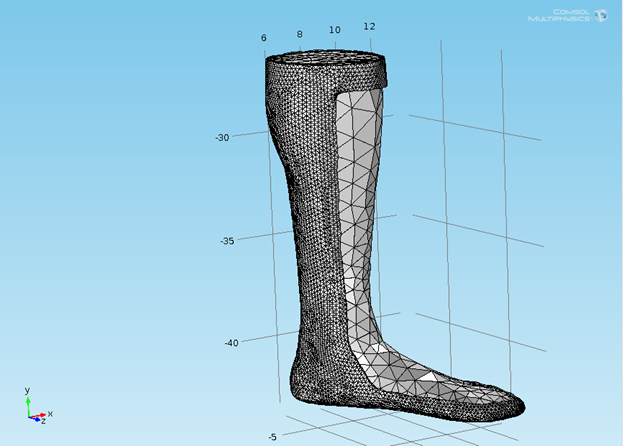
Modeling Heat Transfer in the Human Body:

BME 462. Introduction to Biofluids (3 hrs - Fall semesters). Introduction to the conservation laws which form the foundation of fluid mechanics, and their application to bioengineering related problems including blood flow in the vascular system and other biological flows within the human body. Topics include dimensional analysis, definition of system, conservation of mass and energy, and conservation of momentum. Prerequisite: AE 223, MATH 555. Corequisites: BIOL 223, ME 398.
Hemoflow system: Biofluid dynamics in heart chamber and carotid arteries, interactive flow visualization.
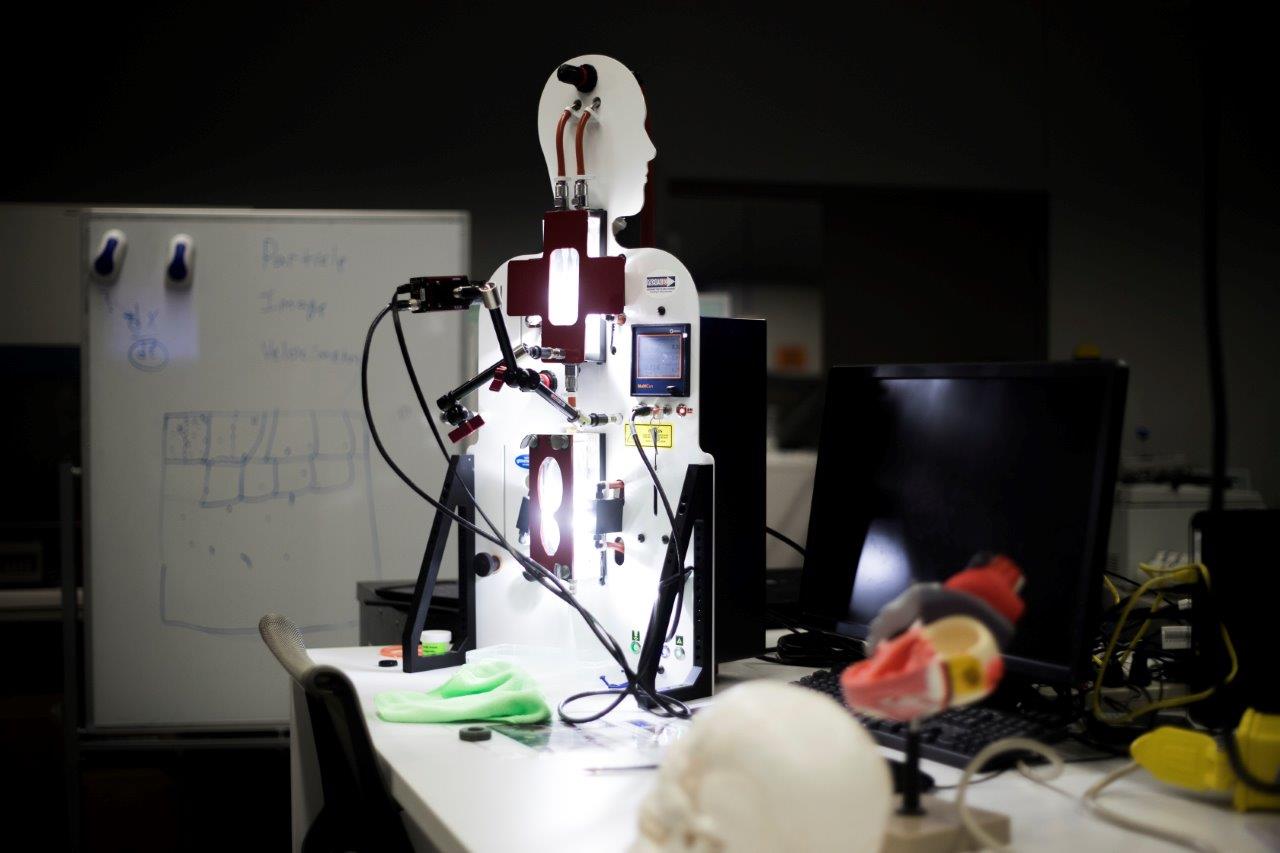
Interchangeable blood model phantoms, Compare normal vessel to stenosed vessel, Interchangeable real heart valves.
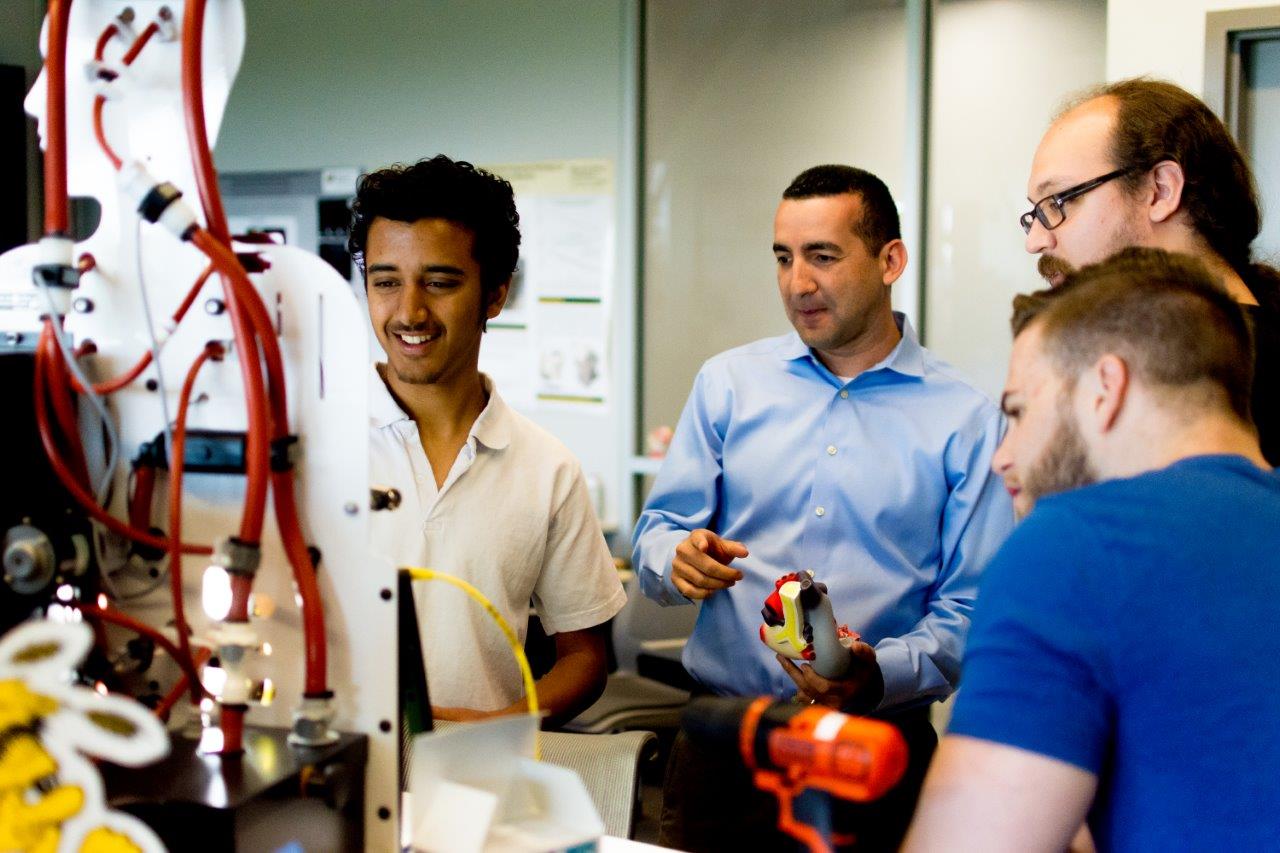
Biofluid dynamics in Heart Chamber - using a PIV system:
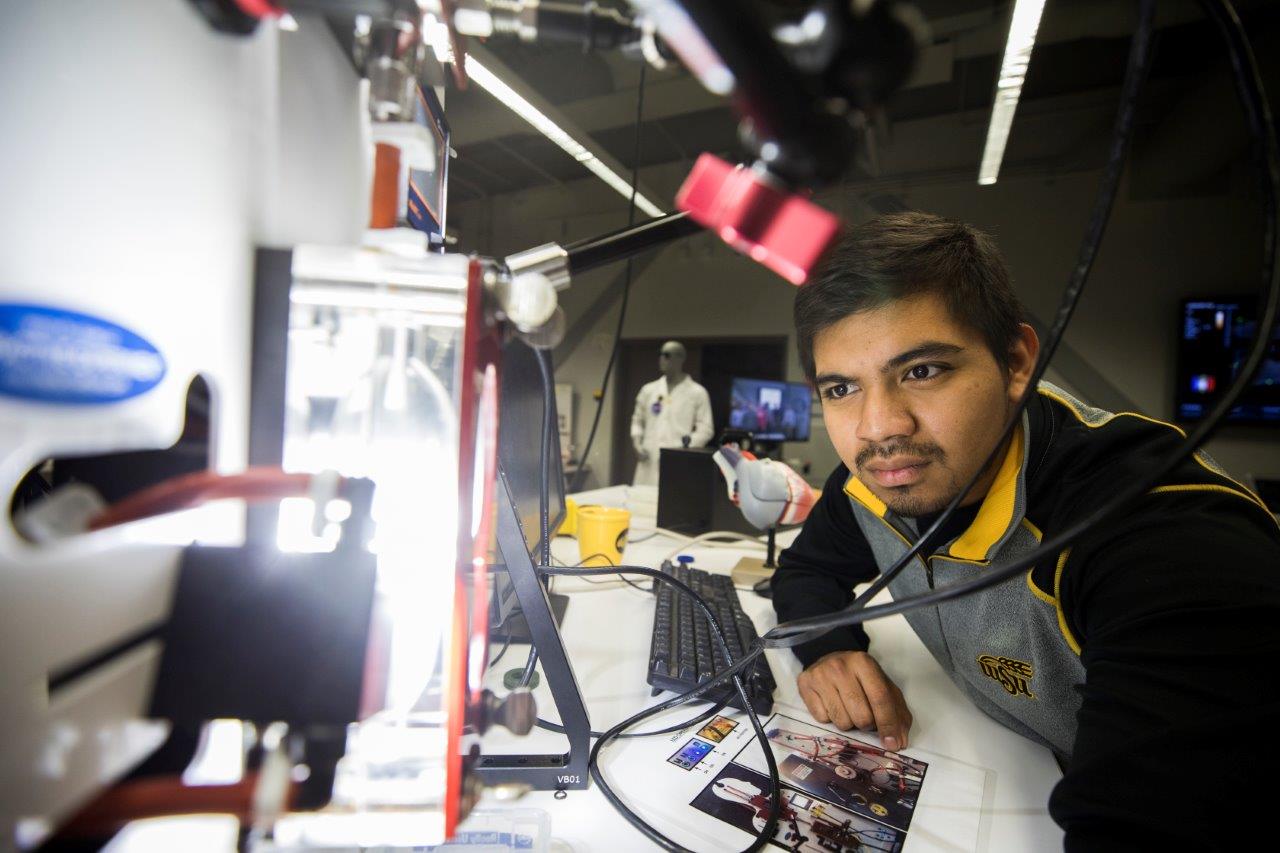
BME 480. Bioinstrumentation (3 hrs - Spring semesters). Introduction to engineering aspects of the detection, acquisition, processing, and display of signals from living systems; biomedical sensors for measurements of biopotentials, force, displacement, blood pressure, blood flow, heart sounds, respiration, and temperature; biomedical devices; medical imaging instrumentation. Prerequisite: EE 282, IME 254.
Bioinstrumentation with NI-ELVIS and Biomedical Kit:
